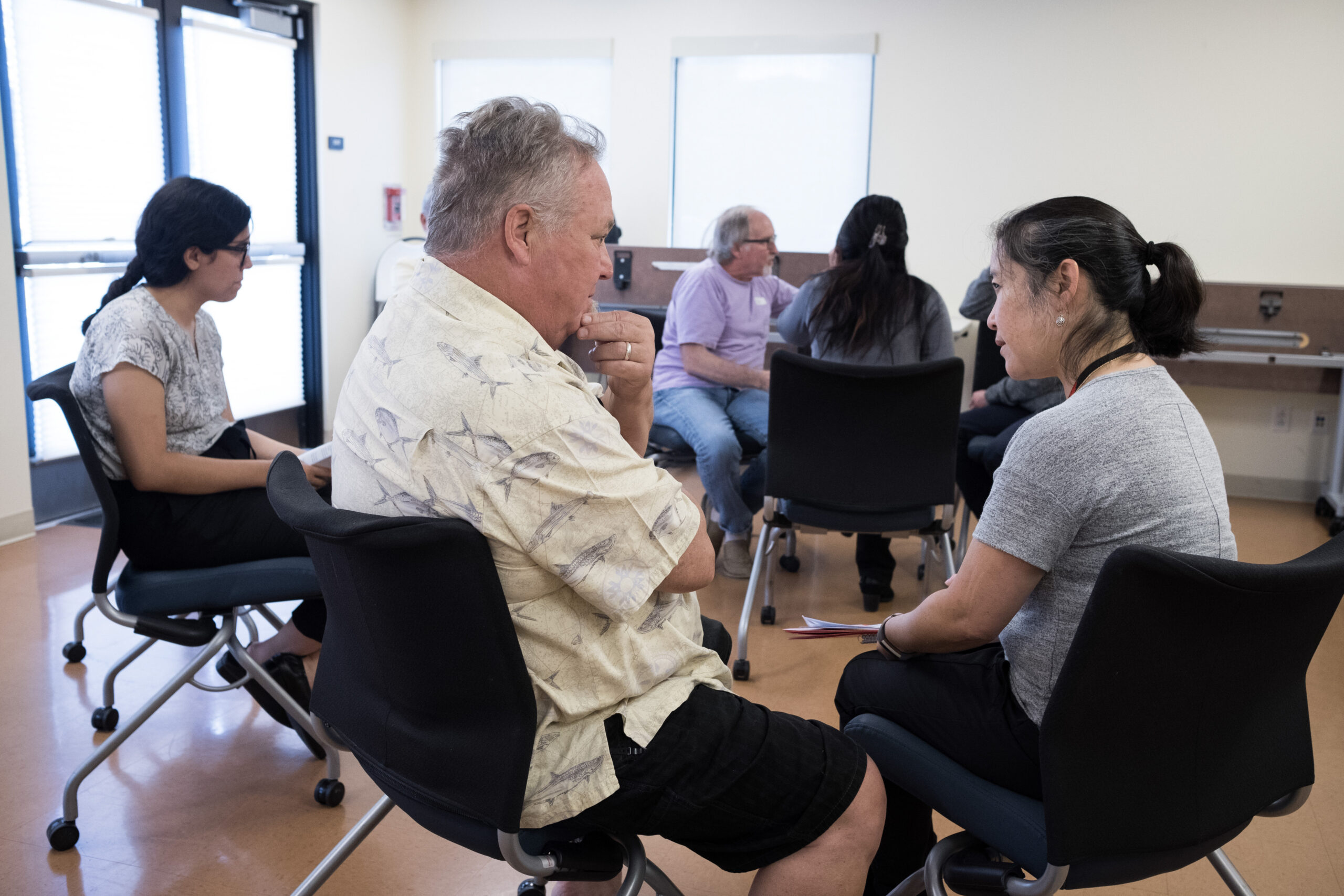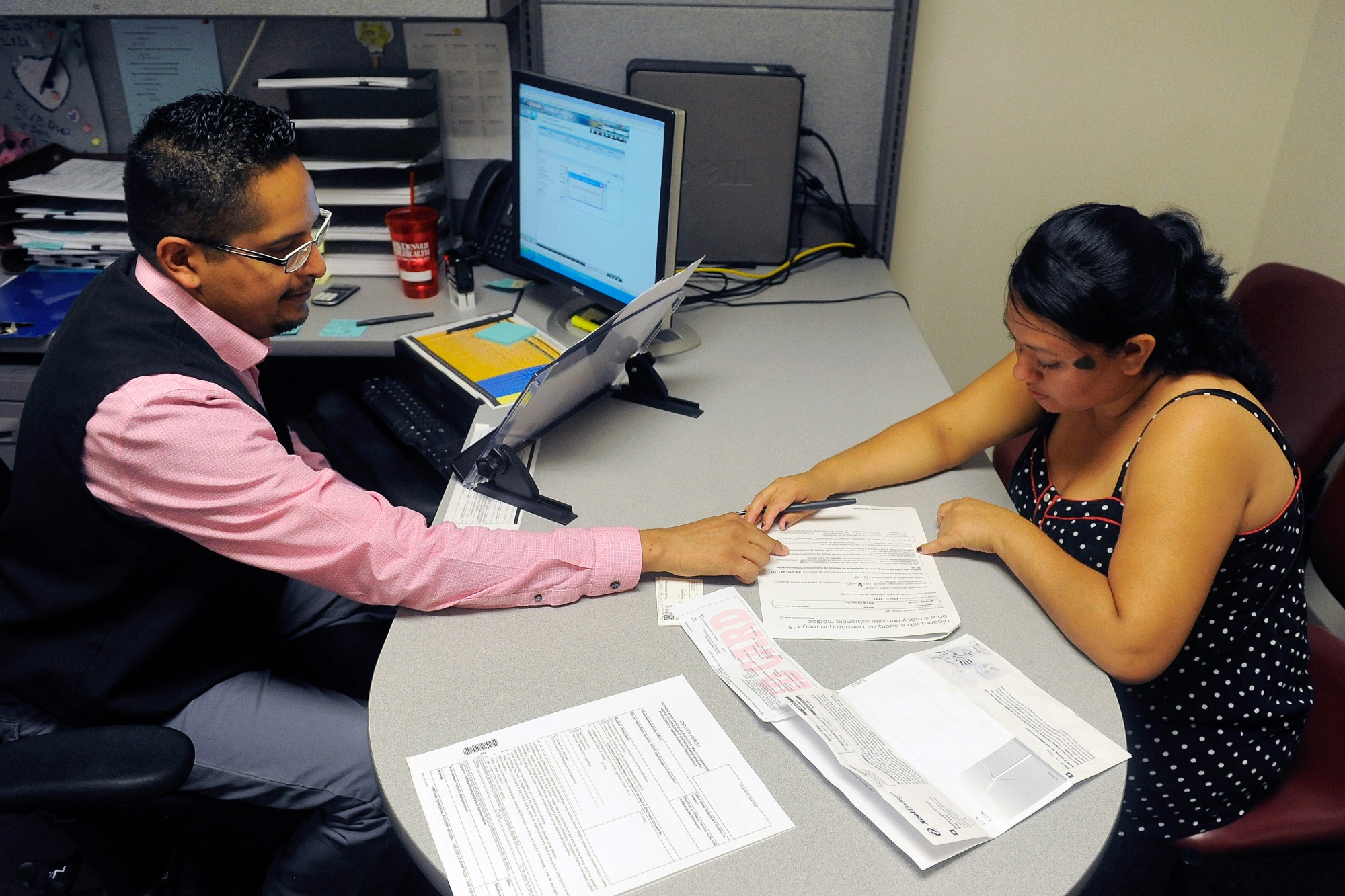As the Enhanced Care Management and Community Supports programs of CalAIM (California Advancing and Innovating Medi-Cal) reach their fourth year since statewide launch in 2022, how are they experienced by the people they are intended to support? In a major project supported by CHCF, Los Angeles research firm EVITARUS conducted interviews across Alameda, Fresno, Humboldt, and Los Angeles Counties with 99 people with complex needs and eight focus groups with caregivers.
In the full report, In Their Own Words: What Californians with Multiple Health and Social Needs Say About Their Care, published in June 2025, participants described their experiences with the health care system. This fact sheet centers the perspectives of Californians with multiple health and social needs who prefer to receive care and services in a language other than English. Trusted, in-language, community-based support helps people stay informed, connected, and cared for.
What People Who Prefer to Receive Care in a Language Other Than English Need Most
- Consistently available in-language care and resources
- In-language mental health support and social connection
- Trusted community organizations for accessing care and services
Being Heard: Meeting In-Language Needs in Care
A 45-year-old deaf woman living in Los Angeles, who communicated through American Sign Language (ASL), struggled to navigate complex health and housing challenges due to the language barrier. After years of substance use and worsening health, including diabetes, vision loss, and severe gastrointestinal problems, she met a community nurse who assessed her condition and connected her to housing and recovery programs.
While the woman deeply valued her care manager who ensured that she received ASL interpreters for appointments, she recalled painful hospital experiences where she was restrained and denied the chance to communicate because staff did not recognize her need for writing or an interpreter. She emphasized how critical in-language communication was for her dignity, understanding, and access to care. Without proper interpretation, she felt isolated and confused while being treated. She also recalled a time when her benefits were cut because her health conditions were misunderstood.
Now in recovery, she hopes for stable housing where she can focus on healing in peace. Her story underscores the essential need for respectful, consistent ASL interpretation to ensure deaf people are truly heard and empowered in their health care journeys.
Promising Approaches to Better Care
Federal law requires health care providers to take reasonable steps to ensure health care access for people with limited English proficiency. In addition, these three resources can help readers better understand the needs of people who use a language other than English and the approaches implementers are taking to meet those needs:
- Learn more about the health care challenges facing Californians who use a language other than English.
- Check out the Better Communication, Better Care (PDF) toolkit filled with tips and resources to help providers care for diverse populations.
- Consider employing community health workers, promotores, or community health representatives as part of the care team. CHCF has a resource center to help providers integrate these vital team members into the care delivery system.
Read the Fact Sheet
Authors & Contributors
Xinran Wang
EVITARUS
Caden Schepps
EVITARUS





